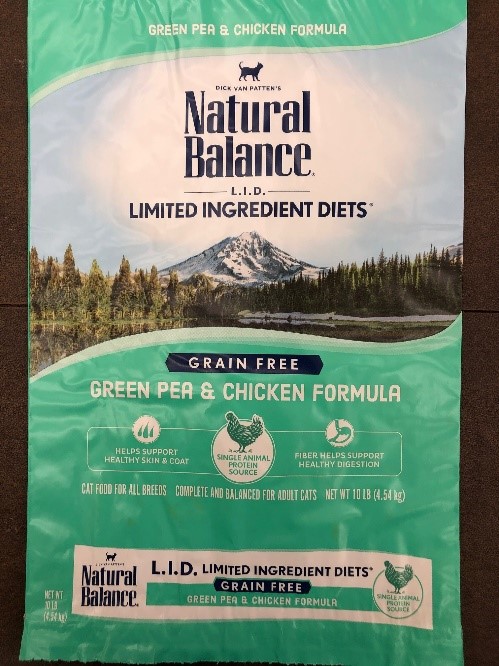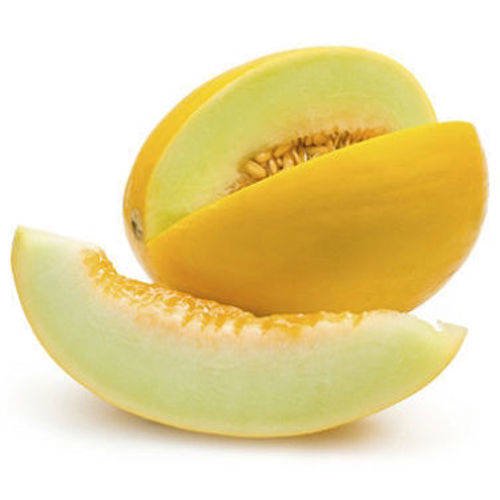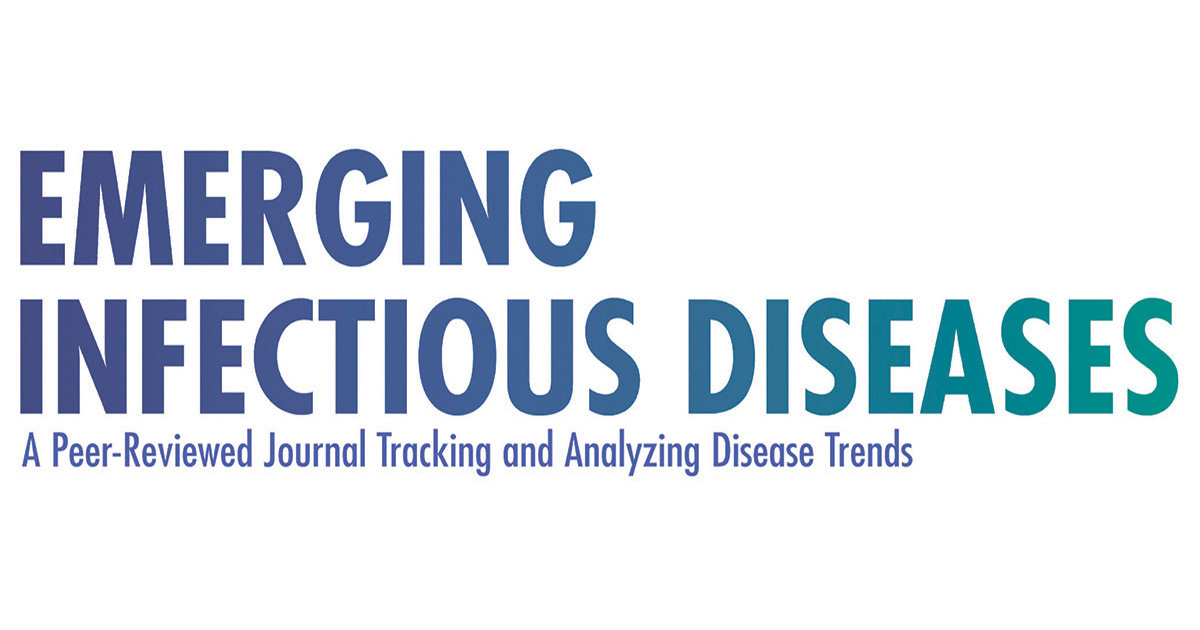Natural Balance Pet Foods, Inc. (San Diego, CA) recalled two (Natural Balance Green Pea & Chicken Dry Cat Formula (15 lb bag) and Natural Balance Limited Ingredient Diets® Green Pea & Chicken Formula Dry Cat Food- 5 LB Bag) of its dry cat food products from the US market on May 20, 2021. The products were recalled due to Salmonella. The same products are now being recalled from the Canadian market. The company reported that 378 units of the affected product were sold in Canada. As of June 2, 2021, the company has not received any reports of illness, complaints, or injuries in Canada. The recalled cat formula may be contaminated with Salmonella, and there is a risk of cross-contamination and illness after handling the cat formula. @ https://healthycanadians.gc.ca/recall-alert-rappel-avis/hc-sc/2021/75839r-eng.php




